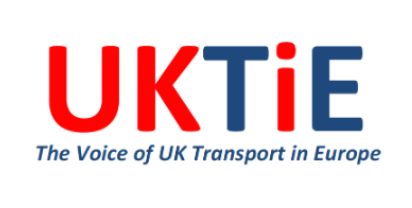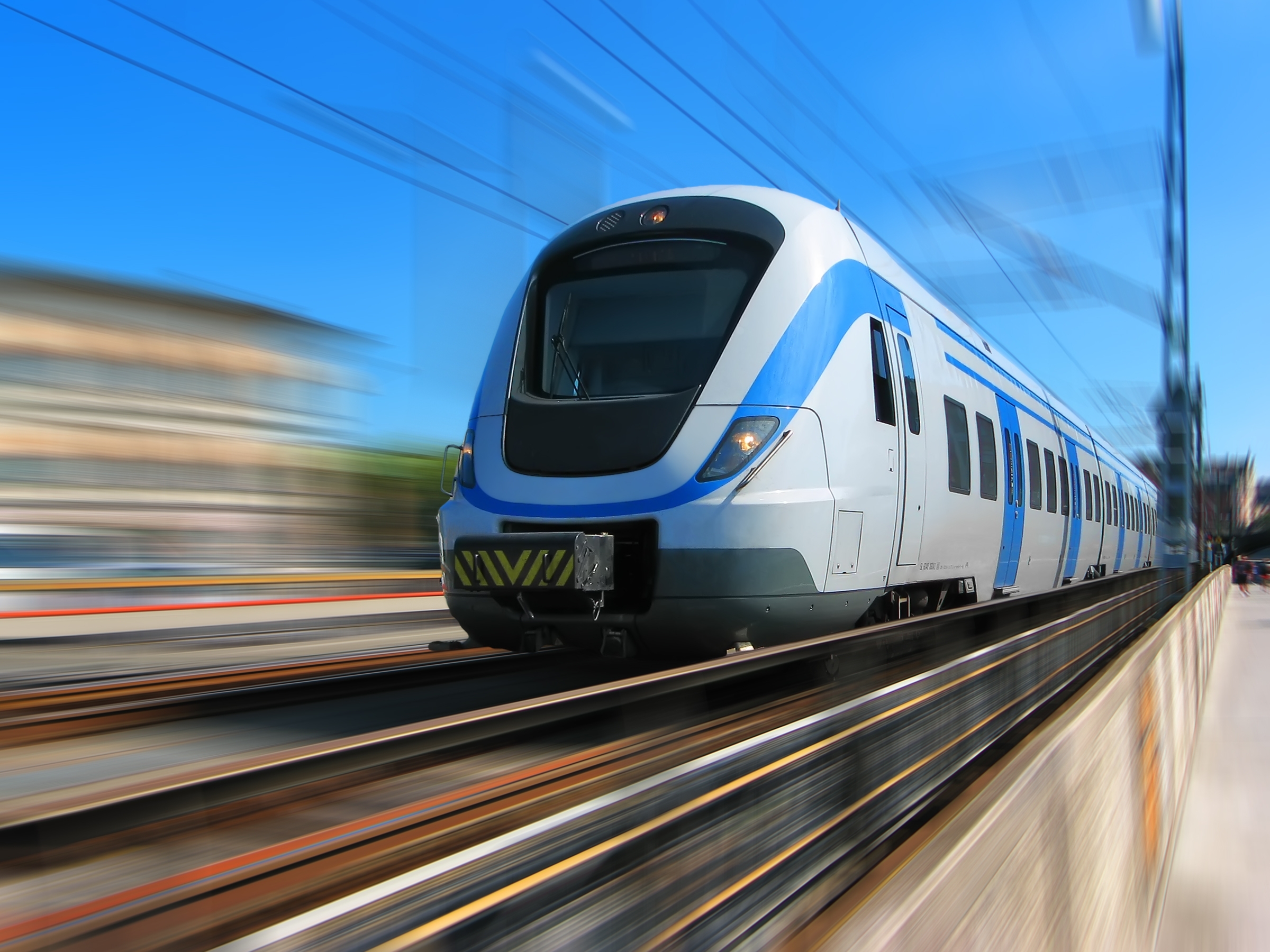Brussels, 16 June 2011 – Siim Kallas welcomed the agreement today by transport ministers on new EU rules setting out how competition on the rail market must work in practice by: ensuring fair access to rail infrastructure and rail-related services; strengthening the power of national regulators; and improving the framework for investment in rail.
Commission Vice-President Siim Kallas, responsible for transport, said: “These new rules aim to shut loopholes in the current laws that allow discrimination against newcomers and block operators from providing new and innovative services. They will ensure that opportunities to compete exist not just in theory but in practice – to the benefit of passengers and companies who will get more choice and better quality services. The proposals are a direct response to problems where we have a lot of complaints from companies over the last ten years. With strong political will from ministers and the European Parliament I hope we can get a final agreement early next year.”
Three key problem areas addressed in the directive:
1. Competition issues – ensure access to rail infrastructure and rail-related services
The proposed directive aims to increase competition on the rail market through more transparent market access conditions and providing easier access, for example by:
- most importantly, requiring improved access (and in certain cases guaranteed access) to rail-related services such as maintenance facilities, terminals, passenger information and ticketing facilities, etc. for freight and passenger trains;
- establishing explicit rules on conflicts of interest and discriminatory practices in the rail sector;
- requiring more detailed “network statements” – i.e. documents published annually so that potential newcomers can see clearly the characteristics of available infrastructure and conditions for its use.
2. Strengthening regulatory supervision
The proposal strengthens the power of national rail regulators so they can enforce the law, including proposals for measures such as:
- extending the competence of national regulators to rail-related services. Previously, problems relating to access to rail-related services were not always in the powers of the national regulators;
- requiring the independence of national rail regulators from any other public authority;
- strengthening the powers of the national rail regulators (in terms of sanctions, audit, appeals procedures and ex-officio investigating powers) and establishing the obligation imposed on these bodies to cooperate with their counterparts on cross-border issues.
3. Strengthening the framework for public and private investment
The new rules on infrastructure financing and charging aim to develop a harmonised “financial architecture” to encourage investment. Measures proposed include:
- requiring national long-term strategies and multi-annual arrangements between the state and infrastructure managers (linking funding to performance, and business plans). The aim is to give market players more predictability on the development of the infrastructure and more incentives to improve their performance;
- requiring more precise and smarter infrastructure charging rules. Better implementation of the charging principles contained in the existing legislation should lead to lower track access charges for rail transport operators in many Member Sates. The new charging rules (with the introduction of noise-related modulation as the rail equivalent of external cost charging for road transport, discounts for interoperability) should also stimulate private investments in greener and interoperable technologies.
What happens next?
The proposals must still be voted on by MEPs in the European Parliament at first reading before becoming law. A vote by the European Parliament is foreseen for early Autumn 2011. With strong political will, the final text could be adopted in the first half of 2012.
Vice-President Kallas will bring forward a far-reaching package of measures at the end of 2012 to further open up the rail market.
See also : http://ec.europa.eu/transport/rail/market/market_en.htm
and MEMO/11/404.
Source – European Commission.


No responses yet